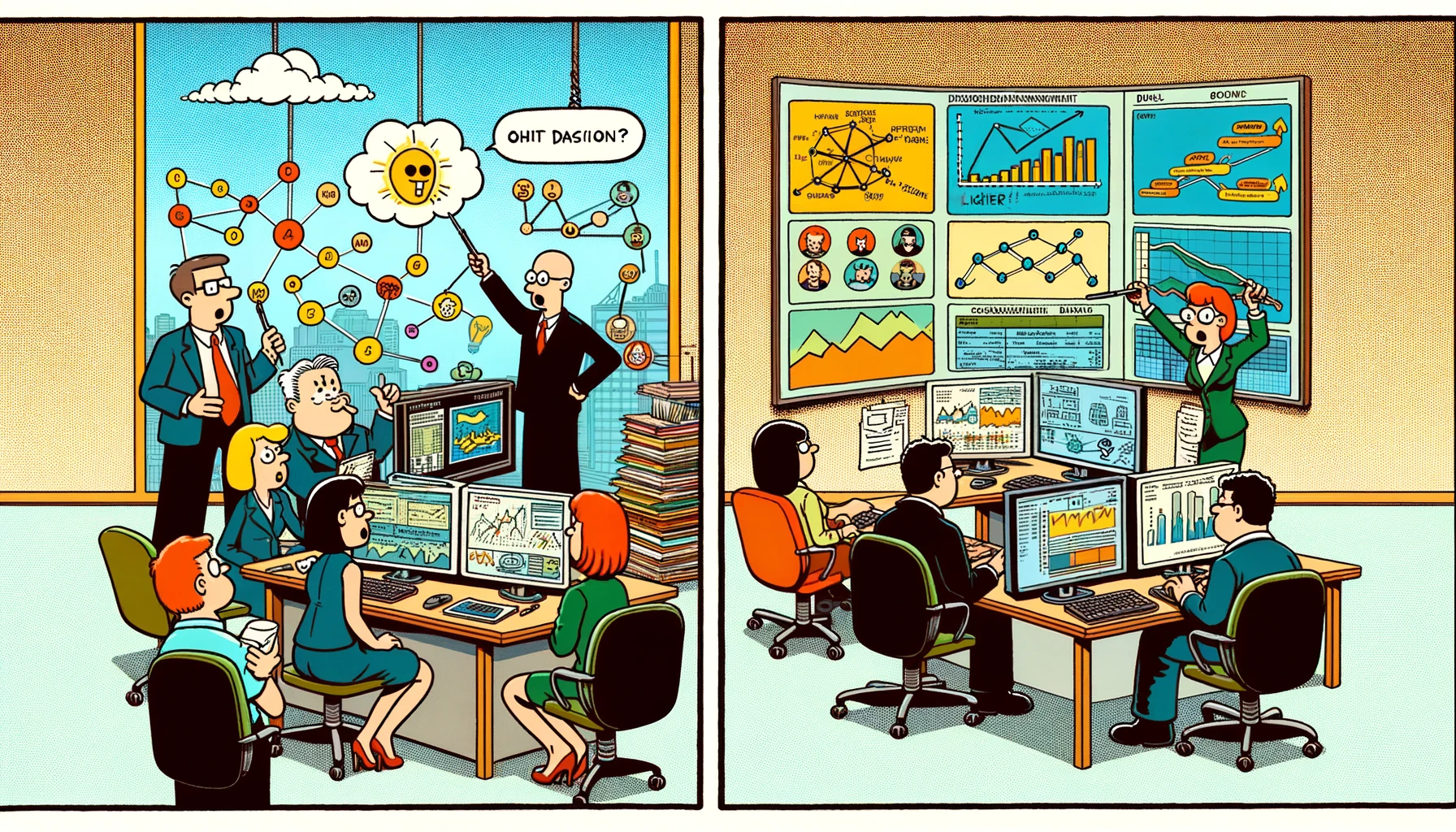
Blog post
2023 Unleash Recap: 3 Performance Management Takeaways
Key takeaways from the 2023 Unleash conference.

What happens in Vegas goes into an article.
The 2023 Unleash conference is now in the rearview mirror – what an event! For the Confirm team, it was an opportunity to connect with new faces, reconnect with familiar ones, and hear the latest trends in HR.
Between the valuable sessions and the great conversations we had with HR leaders, there was no shortage of key takeaways. Below are three that stood out.
Businesses continue to struggle with retention
The effects of The Great Resignation are still being felt. According to reports, roughly 70% of US workers plan to leave their jobs in 2023. This is on the heels of millions of workers quitting their jobs in 2022.
For many companies, employee turnover is going to become a costly problem.
Struggling to retain employees underscores the importance of knowing who your high performers are. With this insight, you know who you can’t afford to lose. When you know who your mission-critical employees are, you can create targeted retention strategies to stay ahead of potential turnover.
Take a company like Thoropass. With growing employee turnover concerns stemming from the effect of The Great Resignation, Thoropass' executive team wanted to focus their retention efforts on mission-critical employees. Using Confirm, they leveraged organization network analysis (ONA) data to create a list of their top performers and created a retention strategy that resulted in retaining 100% of these mission-critical employees.
ONA data enabled Thoropass to do two things:
- Identify its top performers
- Significantly reduce potential costs associated with employee turnover
Employee turnover is inevitable, but you can take proactive steps to retain key talent by identifying who has the greatest impact on your business. By using ONA, you gain visibility into the connections and contributions of individual employees versus relying solely on the managers’ opinions. This enables you to create targeted retention strategies and avoid reactive measures when faced with the risk of employee turnover.
Calibration meetings are susceptible to bias creep
Calibration meetings are a critical tool for HR leaders and managers to ensure employee performance evaluations are fair and accurate. But calibration is broken for a number of reasons, including:
- A manager’s ability to advocate outweighing actual employee performance;
- High-performers lumped with average performers through bell curve fitting;
- Favorable outcomes for influential managers; and
- Lack of visibility leaving managers in the dark about true performance.
To pour more salt in the wound, calibration meetings are susceptible to bias even with the best of intentions.
Managers' idiosyncrasies account for 60% of a performance rating. This includes their personal characteristics, mannerisms, and habits. For instance, an easy-grading manager can inflate ratings, leading to discrepancies between performance and ratings. Idiosyncrasies open the door for bias creep and negatively impact the purpose of calibration.
ONA can help address these challenges. By seeing feedback from a wider pool of people, not just managers or a handful of peer reviewers, people leaders get a comprehensive view of employee impact. Combining these insights with manager ratings reduces bias in calibration meetings allowing for fair, accurate performance evaluations.
Develop employee soft skills to build career durability
The importance of soft skills is often overshadowed by the focus on hard skills. But there has been a noticeable shift in the conversation as HR leaders see the correlation between soft skills and the longevity of an employee's career.
In an article by Jathan Janove, he highlights statistics from a 2020 SHRM Talent conference presentation by Susan Collins, Director of Talent Acquisition and Employer Branding at Talbots. Janove shares, "Ninety-seven percent of employers surveyed said that soft skills were either as important or more important than hard skills." He goes on to mention that "46 percent of new employees fail within 18 months and of these, 89 percent fail because of a lack of soft skills, such as professionalism or the ability to get along with others."
Developing employee soft skills can be a game-changer for organizations looking to create a strong pipeline of leaders. Soft skills such as communication, collaboration, empathy, and emotional intelligence are crucial for success in leadership roles.
Upleveling employee soft skills not only builds leadership capacity, it has a direct impact on workplace culture. When employees have strong soft skills, they are better equipped to communicate effectively with their colleagues, resolve conflicts, and work collaboratively to achieve common goals.
Until next time
As we say goodbye to another Unleash conference, one thing is clear: performance management is broken.
The status quo is holding HR leaders back from changing a system that rewards office politics over impact. But there's good news: with ONA, technology advancements, and forward-thinking HR leaders, performance management can be fixed, for good.
Latest posts

Ready to see Confirm in Action?
See why forward-thinking enterprises use Confirm to make fairer, faster talent decisions and build high-performing teams.









